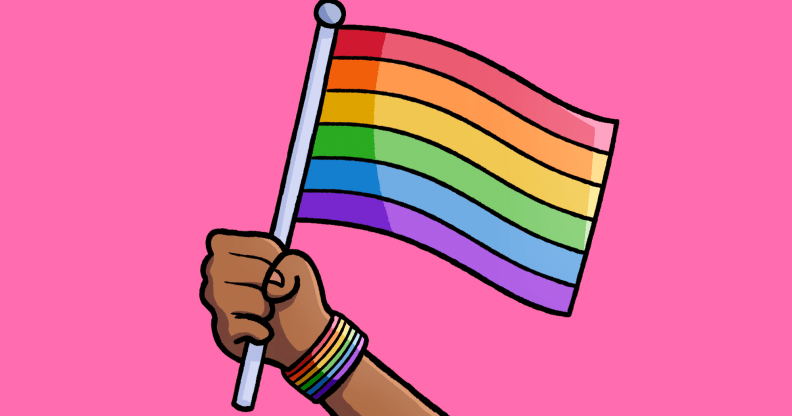It has been 50 years since the first gay rights protest outside the White House

It has been half a century since a historic picket outside the White House demanding gay rights.

The Mattachine Society of Washington – which led early calls for basic gay rights in the United States – held a protest outside the White House on April 17, 1965.
The group led by Dr Franklin Kameny was fighting for a number of goals – the repeal of anti-gay laws, declassification of homosexuality as a mental disorder, and equal treatment for federal gay employees.
Though it would be another 49 years until President Barack Obama signed an executive order outlawing discrimination against LGBT federal contractors, the group marks some of the earliest forms of the movement.
It came four years before the Stonewall riots of 1969 in New York – often considered to be the birthplace of the LGBT movement.
However, unlike the riots the Mattachine Society’s protests were uniquely ordered and restrained – with men and women even instructed to follow a strict dress code.
Protester Eva Freund said previously: “We all had to dress quite properly. The guys had to wear jackets and ties. Women had to be in skirts or dresses.
“We always had permits when we did a demonstration. We always had police protection.”
According to Back2Stonewall, late gay rights pioneer Jack Nichols had recalled: “As we marched, I looked about at our well-dressed little band. Kameny had insisted that we seven men must wear suits and ties, and the women, dresses and heels.
“We paraded in a small circle. Behind lampposts stood unknown persons photographing us. Were they government agents?
“[Protesters] Perrin and Otto wore sunglasses so absolute identification would be difficult should they fall prey to security investigations.
“We walked for an hour that passed, as I’d predicted, without incident. A few tourists gawked and there were one or two snickers, more from confusion than from prejudice.
“We’d hoped for more publicity than we got. Only The Afro-American carried a small item about what we’d done. But we’d done it, and that was what mattered.
“We’d stood up against the power structure, putting our bodies on the line. Nothing had happened except that we’d been galvanized, and, to a certain extent, immunized against fear.”
According to one of the only protesters still alive, Paul Kuntzler, President Lyndon B Johnson was said to be “very upset” by the protest.
Watch a clip about the Mattachine Society of Washington below:

